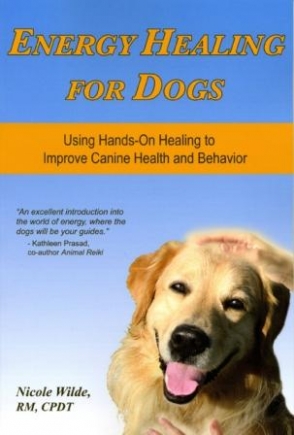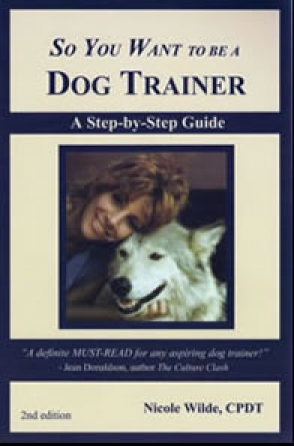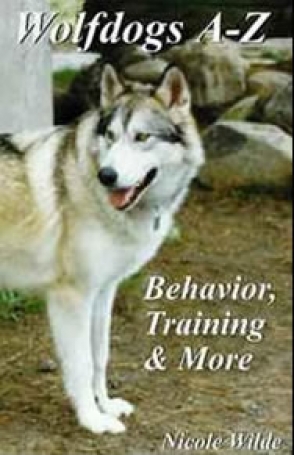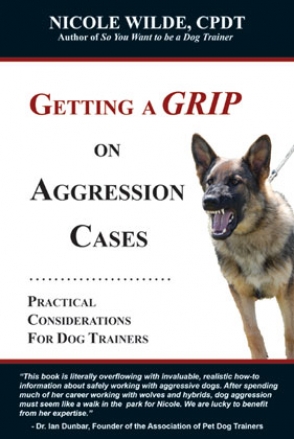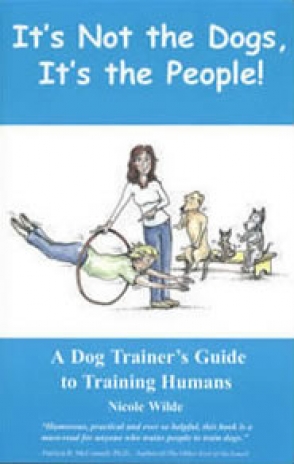Advice, answers, tricks and tips for anyone who shares or is considering sharing their life with these special companions. Packed with photographs.
Dog Food Ads: Hope or Hype?
Dog Food Ads: Hope or Hype?
Have you ever seen that dog food commercial where the puppy scampers up the wooden porch steps to the adoring child? Thanks to the magic of television, the dog is then an adult, walking up those same stairs to the now-teenager. Fast-forward another few years and the dog is a senior, climbing slowly toward his loving adult owner. Do the math, and you know what comes next—reaching for the Kleenex.
Tugging on our heartstrings is one of the many tactics used by ad agencies to encourage us to purchase specific brands of dog food. A recent television and print campaign features a string of ads that promises to “turn back the clock” on canine aging. Any woman with a bathroom cabinet full of wrinkle creams and skin serums knows how effective that promise is. (I’m pretty sure a few of mine are supposed to not only build collagen, but make me coffee in the morning.) Is there any truth to these pooch promises?
Whether it’s wrinkle-relaxers or dog foods, the only way to know for sure is to be an informed consumer. Yep, you’ve got to learn how to read labels. By law, dog food manufacturers must list the ingredients in descending order of bulk weight, so the first thing listed is what there is supposedly the most of—I say “supposedly” because some sneaky manufacturers break the ingredients down into parts and list them separately because if they were combined, they would weigh more and so have to be placed higher on the list. Dogs are primarily carnivores, so the first two ingredients should have something to do with meat. A whole meat source like “chicken” or “lamb” is preferable to meat “meal” or “by-product.” (I’d tell you what’s in “by-products” but you’d likely lose your net-surfing snack.) Look for foods that don’t have corn high on the list, and preferably not at all. Corn is a common allergen, as well as not having much nutritional value; it also has an effect, through a series of chemical reactions in the body, on seratonin levels in the brain. This can contribute to the opposite of the desired calm behavior.
A great place to learn about what to look for in dog food ingredients is The Whole Dog Journal. It regularly contains articles on the subject, and even compares specific brands to help consumers make good choices. Articles from back issues are available for download at the website, whole-dog-journal.com.
So the next time you’re in the supermarket and see a bag of dog food that boasts glossy photos of fresh veggies, think twice about what’s actually in there. Chances are that any semblance of those veggies is as far from being in that bag as the fountain of youth is from being in that jar of wrinkle cream. It might not be glamorous, but a little reading and research is what will actually help to keep your dog young and healthy.


